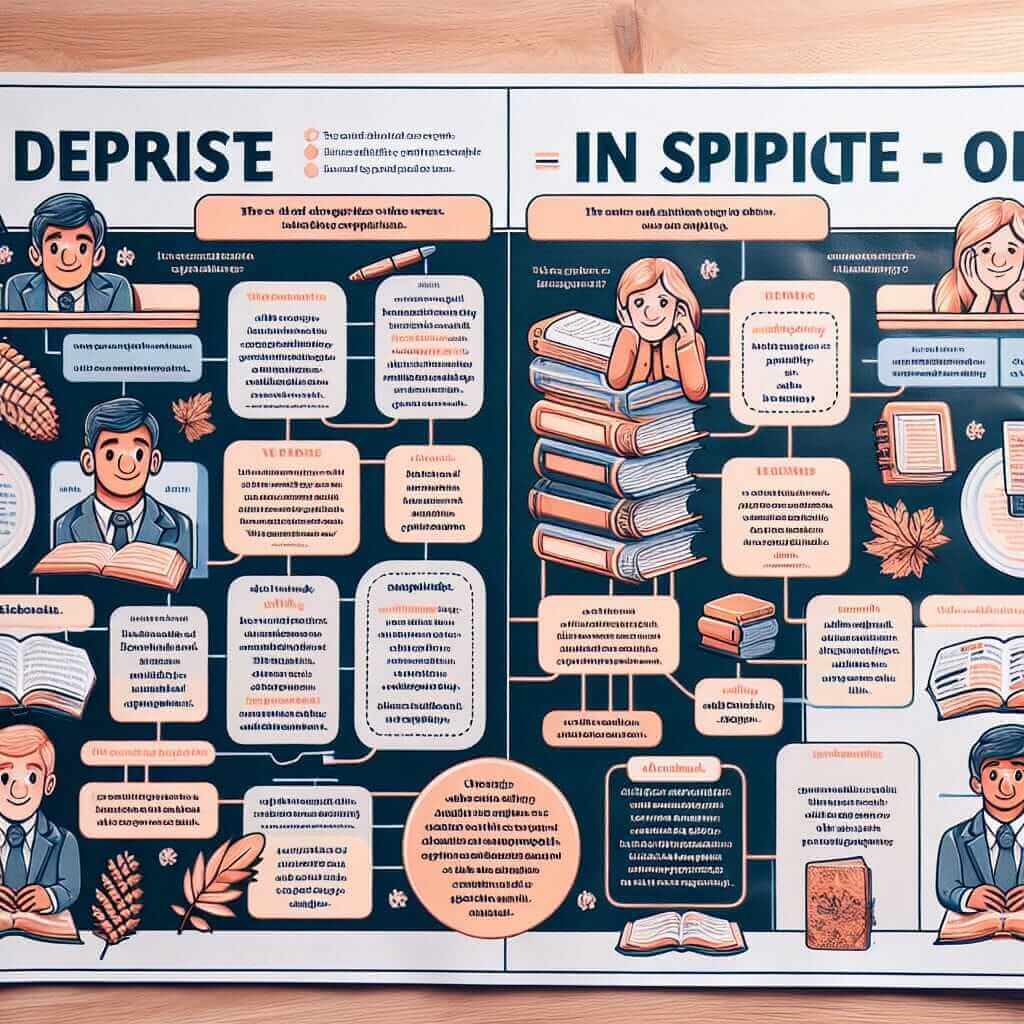“Despite” and “in spite of” are two conjunctions that often trip up IELTS test-takers, even those at higher band levels. Understanding their subtle differences and how to use them correctly can significantly enhance your grammar score and overall writing and speaking performance. This comprehensive guide will equip you with the knowledge and confidence to use “despite” and “in spite of” flawlessly in your IELTS exam.
Let’s consider a few examples of how these conjunctions might appear in different sections of the IELTS:
Speaking Part 2: “Describe a time you achieved something difficult, despite facing obstacles.”
Writing Task 2: “Some people believe that technology has made our lives easier, while others argue that it has made them more complicated. Discuss both views and give your own opinion. In spite of the numerous benefits, there are some drawbacks to consider…”
Listening Section 3: (In a lecture about a historical figure) “Despite his humble beginnings, he went on to become a prominent leader…”
As you can see, these conjunctions play a crucial role in expressing contrast and adding complexity to your sentences, making your language more sophisticated and natural.
Understanding “Despite” and “In Spite Of”
Both “despite” and “in spite of” are used to express contrast or concession. They show that something happened or is true even though something else might have prevented it. They are very similar in meaning and can often be used interchangeably.
Key Differences and Usage:
-
Structure:
- Despite: followed by a noun, pronoun, or a gerund (-ing form of a verb).
- In spite of: followed by a noun, pronoun, or the phrase “the fact that.”
-
Formality: “Despite” is slightly more formal than “in spite of.”
Grammatical Structure and Examples:
Let’s delve into the grammatical structures and see how to use them effectively in sentences:
1. Despite + Noun/Pronoun
Structure: Despite + noun/pronoun + clause.
Examples:
- Despite the rain, we had a wonderful time at the park.
- Despite his injury, he finished the marathon.
- The company performed well, despite the economic downturn.
- Despite her efforts, she couldn’t solve the problem.
Analysis: In these examples, “despite” is followed by a noun (“rain,” “injury,” “economic downturn,” “efforts”) that represents the contrasting situation.
2. Despite + Gerund (-ing form)
Structure: Despite + gerund + clause.
Examples:
- Despite feeling tired, I stayed up late to finish my work.
- Despite being a beginner, she learned quickly.
- He continued to invest in the stock market, despite losing money initially.
Analysis: Here, “despite” is followed by a gerund, which acts as a noun representing an action or state.
3. In Spite of + Noun/Pronoun
Structure: In spite of + noun/pronoun + clause.
Examples:
- In spite of the traffic, we arrived at the airport on time.
- In spite of his wealth, he lives a simple life.
- She remained optimistic, in spite of the challenges she faced.
Analysis: These examples mirror the structure of “despite” + noun/pronoun, demonstrating their interchangeability in many cases.
4. In Spite of the Fact That + Clause
Structure: In spite of the fact that + subject + verb + clause.
Examples:
- In spite of the fact that he was sick, he went to work.
- She decided to travel alone, in spite of the fact that her family was worried.
Analysis: This structure allows you to introduce a complete clause after “in spite of the fact that,” providing more context and detail.

Using “Despite” and “In Spite Of” for IELTS Band 7+
To achieve a Band 7 or higher in IELTS, you need to demonstrate a sophisticated and accurate use of grammar. Here’s how you can utilize “despite” and “in spite of” effectively:
-
Vary your sentence structure: Don’t just stick to one structure. Use a mix of “despite/in spite of” + noun/pronoun/gerund and “in spite of the fact that” + clause to make your writing more engaging and demonstrate grammatical range.
-
Use them at the beginning or middle of sentences: Don’t be afraid to start sentences with “Despite…” or “In spite of…” to emphasize the contrast.
-
Combine them with other conjunctions: Use them with other conjunctions like “although,” “even though,” “however,” etc., to create more complex sentences and express nuanced ideas.
Examples:
- Although the weather was cold, despite wearing a thick coat, I still felt chilly. (Band 7+ sentence combining conjunctions)
- Despite facing numerous rejections, in spite of the fact that she felt discouraged at times, she never gave up on her dream of becoming a writer. (Band 7+ sentence with varied structures)
Common Errors and How to Avoid Them:
-
Incorrect Preposition: Using the wrong preposition after “despite” or “in spite of.” Remember, it’s “of,” not “from” or any other preposition.
Incorrect: Despite from the heavy rain…
Correct: Despite the heavy rain… -
Unnecessary Repetition: Using “the fact that” after “despite.”
Incorrect: Despite the fact that it was raining…
Correct: Despite the rain… -
Using ‘Despite of’: This is incorrect. “Despite” is used on its own without “of.”
Incorrect: Despite of the noise…
Correct: Despite the noise…
Conclusion
Mastering the use of “despite” and “in spite of” is essential for achieving a high band score in the IELTS exam. By understanding their subtle differences, using the correct structures, and avoiding common errors, you can express contrast and concession with precision and fluency, showcasing your advanced grammar skills to the examiner. Remember to practice using these conjunctions in a variety of contexts, and soon they will become second nature to you.